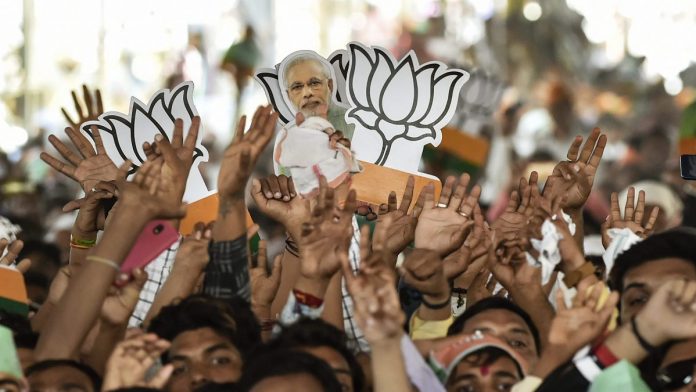
- 61Shares
As you switch on your TV (or laptop) to track the 2019 Lok Sabha election trends, I suggest you divide all the states into five categories:
Gujarat, Rajasthan, MP, Chhattisgarh, Delhi, Haryana, Himachal Pradesh & Uttarakhand: The BJP had nearly swept these states in 2014. These states witness a direct BJP vs Congress contest. The BJP can afford to lose about 20 seats here and still form the government, but higher losses could indicate trouble. If the BJP is more or less holding its seats in these states, it indicates a clear majority for the BJP and doom for the Congress.
Maharashtra, Karnataka & Bihar: Since the BJP faces cohesive opposition alliances, these states would test the mahagathbandhan idea. If the NDA can retain its tally as predicted by exit polls, or lose up to 10 seats, it would be on course to forming the government.
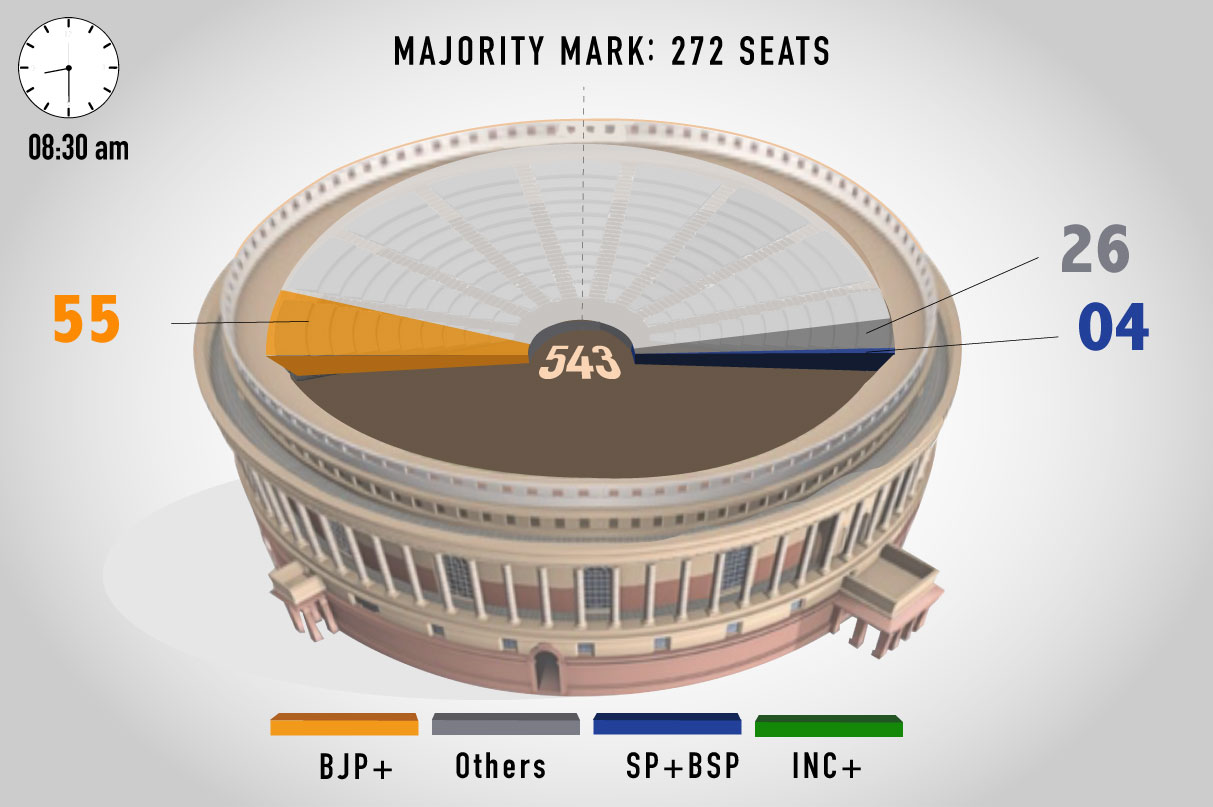
West Bengal, Odisha & northeast: Exit polls predict that the BJP can expect its biggest bonanza in these states. If the BJP gains up to 20 seats in these states, it can make up for its losses elsewhere and stay on course to forming a government. A higher gain would indicate a huge nationwide victory for the BJP.
Uttar Pradesh: It’s important not just because it has 80 seats, but also because this is where the BJP is expected to face the stiffest opposition. If the BJP wins 50 or more seats, it is on course to attain a majority on its own. However, if the SP-BSP combine can win 50 seats, as they expect even after the exit polls, then the NDA’s majority may be threatened, unless it makes up for this big loss in the rest of the country.
Tamil Nadu, Kerala, Andhra Pradesh, Telangana & Punjab: You would watch these states if you are interested in their state politics. These states may not matter much to the big national picture this time, except in the unlikely event that the NDA falls 30-40 seats short of majority.
While the TV screens show leads for NDA in 200 seats, I wouldn’t read much into this at this stage. These are postal ballots and they don’t quite represent the rest of the population. As per the EC instructions, the proper EVM count begins at 8:30 am. We should expect real trends by around 9 am.
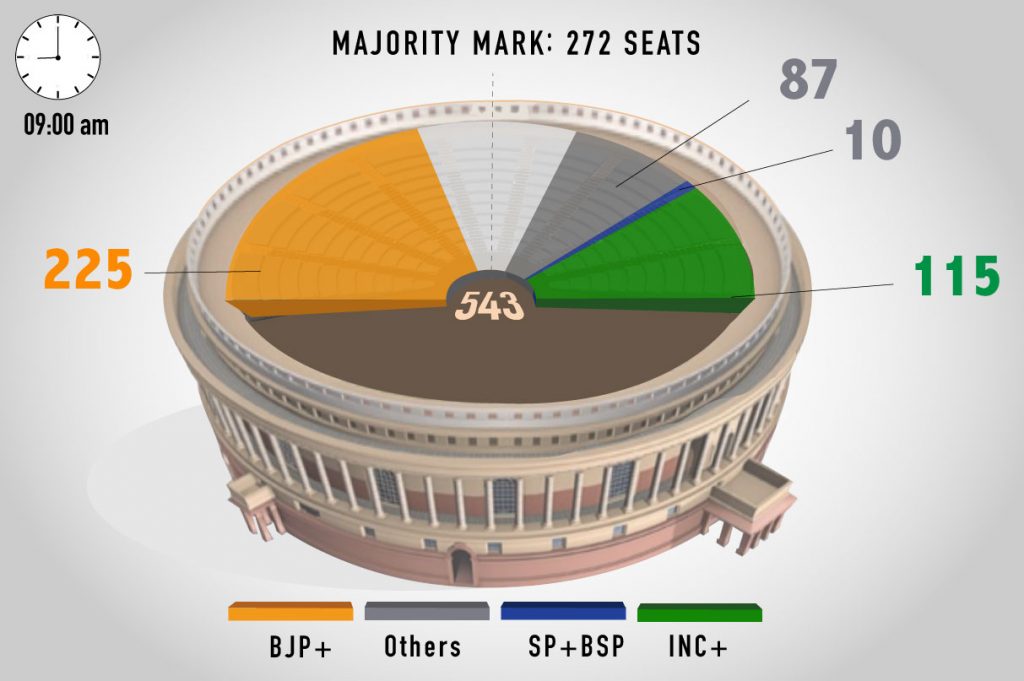
Meanwhile, let me engage you with some articles on this election that I wrote for ThePrint:
Why the BJP is looking at a loss of about a 100 seats from its 2019 tally
Where I pointed out that Balakot might be a game changer for the BJP
In which I explain how BJP’s 2019 election campaign was a poll capture through other means
Where I pointed out 8 factors that could determine BJP’s electoral fortunes
In which I explained the discrepancy between ground reports and opinion/exit polls in this election
Where I explain why the BJP’s tally could be even higher than predicted by exit polls
Karnataka is the first state where we can be sure of a clear trend: The BJP is set to improve upon its 2014 tally of 17 seats out of 28. It is headed for 23 at this stage. This is a significant gain in the face of the Congress-JDS alliance, and a rebuff to the political theatre of the Kumaraswamy government.
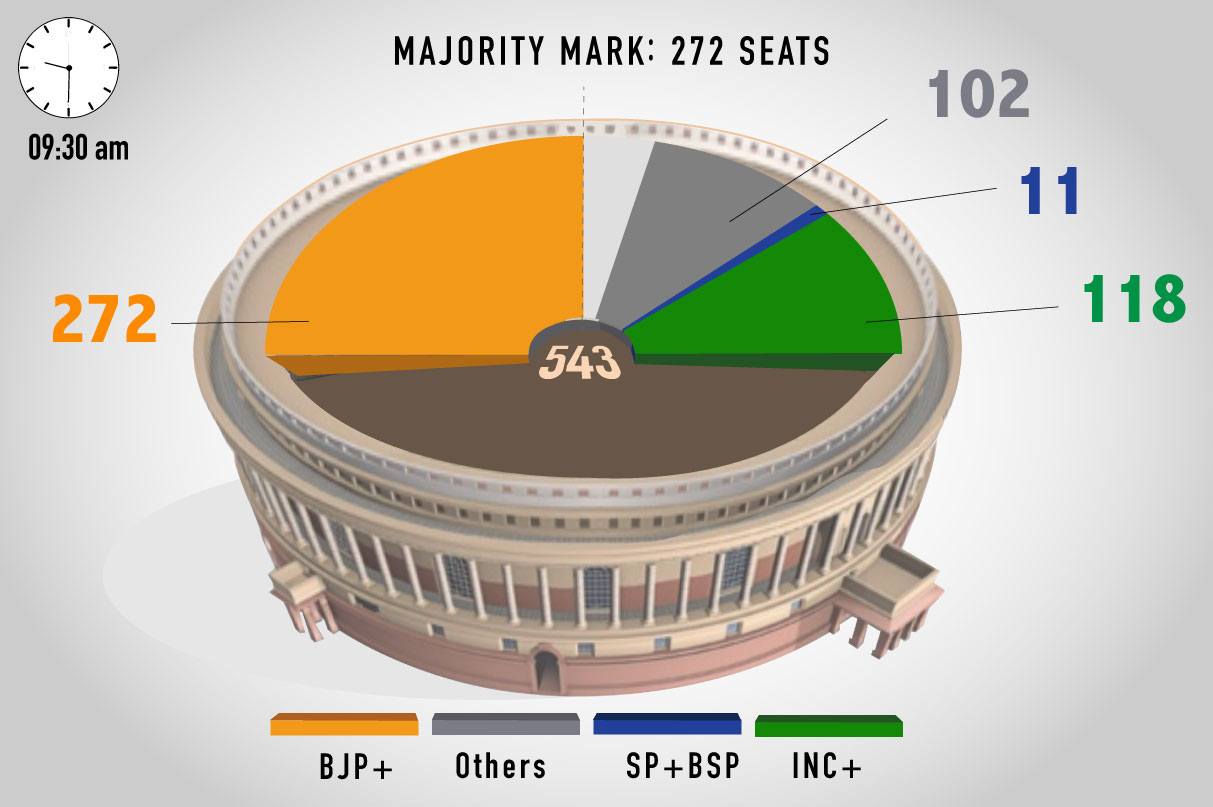
In Karnataka, the BJP leading in all seats, except Rohtak. As the exit polls predicted.
In the BJP vs Congress battleground, the BJP is sweeping everywhere except in Madhya Pradesh.
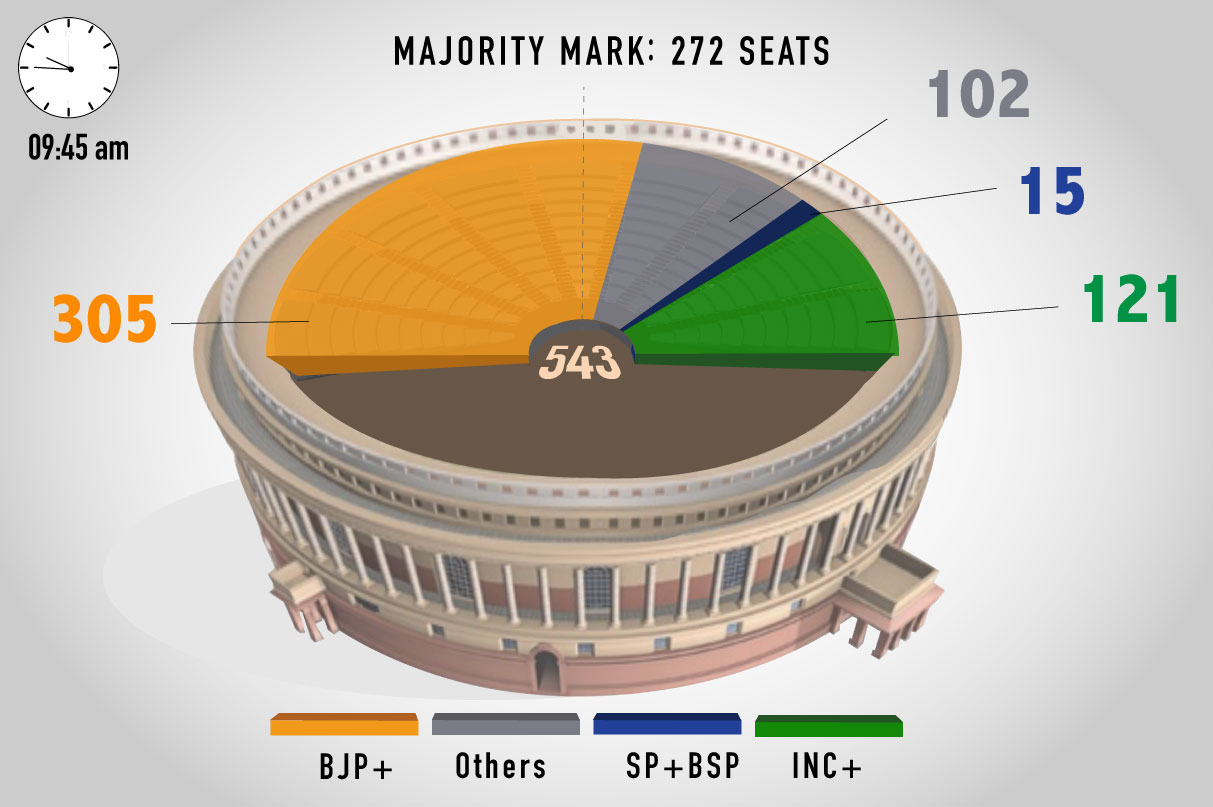
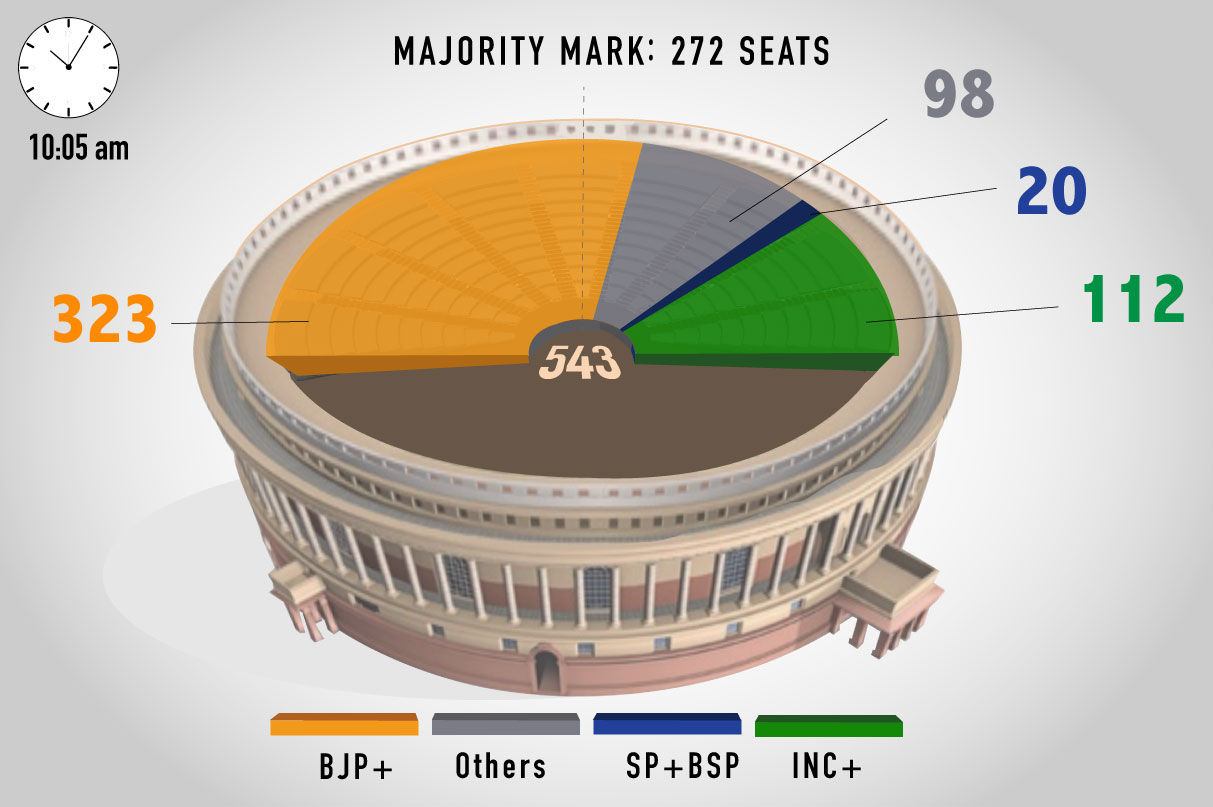
By now, the big picture is clear and we can call this election. The NDA is headed for a majority, perhaps bigger than it had last time. In all probability, the BJP may end up with a clear majority as well. So, the exit polls were not wrong.
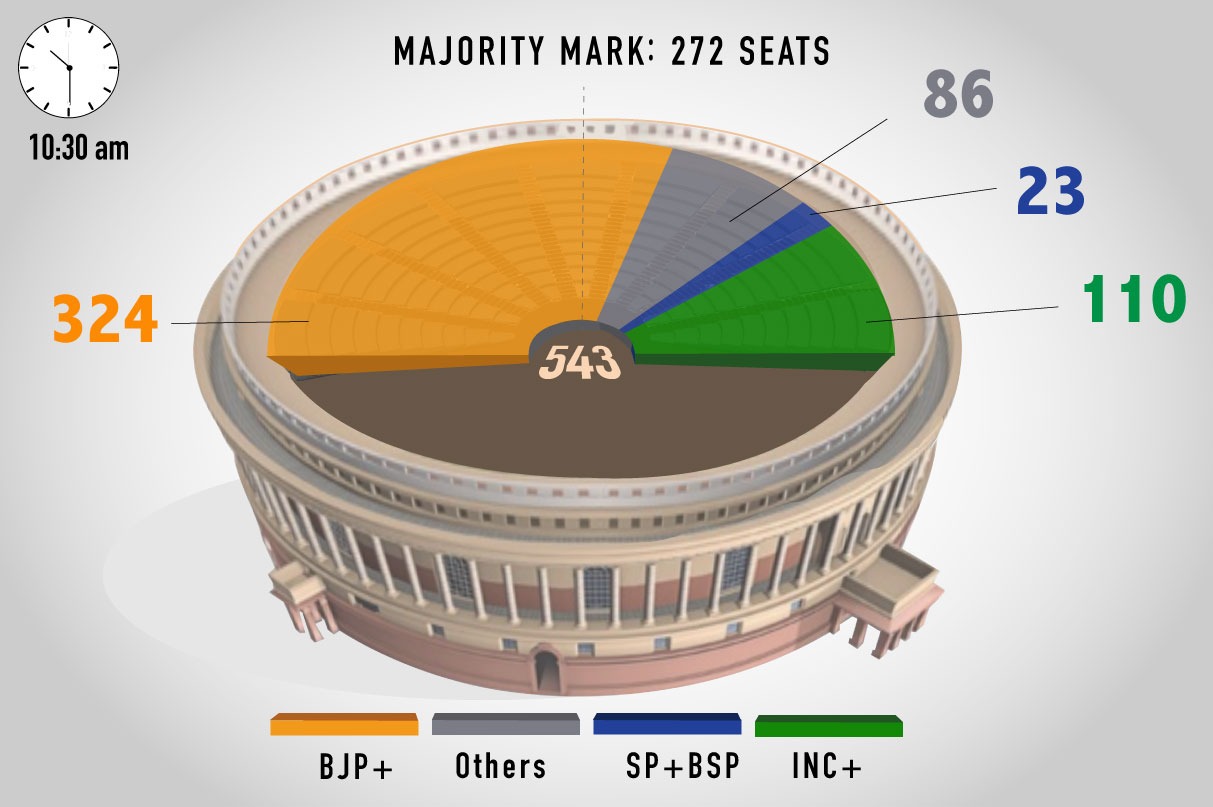
The broad regional picture is also clear. The East, that is West Bengal, Odisha and northeast, is likely to contribute 25-30 seats to the NDA kitty. Uttar Pradesh is causing less damage than everyone thought — the BJP may lose less than 20 seats in UP. In the rest of the country, the BJP seems to be broadly repeating its performance from 2014. All in all, the BJP stays where it was, but also gains a bit. The NDA gains partly because it is a bigger alliance than it was last time.
The author is the National President of Swaraj India. Views are personal.
Get the PrintEssential to make sense of the day's key developments
- 61Shares